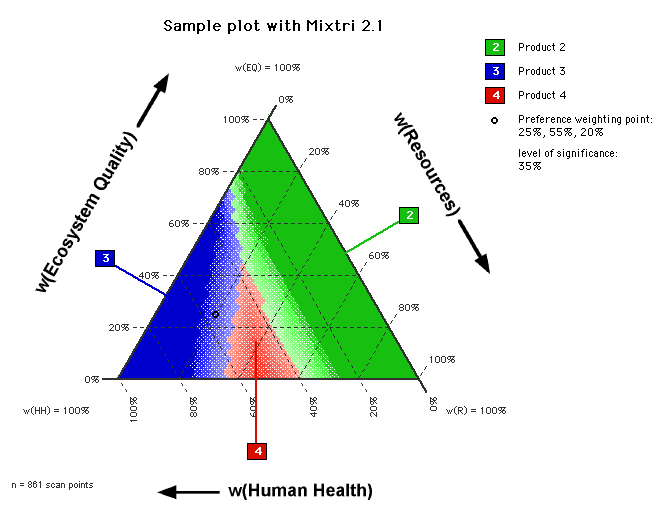
Each ammonia concentration is represented by a branch in the diagram. The calculations were performed for solutions containing a fixed amount of ammonia while different amounts of carbon dioxide were added. Partial pressures of NH 3 are shown in the figures to the left, partial pressures of CO 2 are shown in the figures to the right. The calculated data are compared with experimental values in order to document the quality of the fit.

Sample calculations performed with the Extended UNIQUAC model are shown below. At temperatures above 110☌ the accuracy is decreasing. The Extended UNIQUAC model was fitted to experimental data in the temperature range from 0 to 110☌ and is able to reproduce data with high accuracy in this temperature range and at pressures up to 100 bar. Precise vapor-liquid equilibrium calculations are important for designing processes such as carbon capture processes using ammonia. Otsuka E., Yoshimura S., Yakabe M., Inoue S., Kogyo Kagaku Zasshi, 62(1960)1214-8.Pexton S., Badger E.H.M., Journal of the Society of Chemical Industry, 57(1938)107-110 The Society of Chemical Industry.


The experimental data were measured by Ute Lichtfers and published in her PhD Dissertation, University of Kaiserslautern, Germany, 2000. The amounts of NH 3, NH 4 +, and NH 2COO – are shown in the figure to the left, the amounts of CO 2, CO 3 2-, and HCO 3 – in the same solution are shown to the right. The amount of carbamate formed is indicated in the figure to the left with red triangles (experimental) and a red line (calculated with the Extended UNIQUAC model). The figures show the experimentally measured and the calculated speciation in a 6.226 molal NH 3 solution at 40☌. Stenby, Kaj Thomsen, “Modeling of carbon dioxide absorption by aqueous ammonia solutions using the Extended UNIQUAC model”, Ind. An upgraded version of this model valid to higher temperatures and more accurate was published by Victor Darde, Willy J.M. (Thomsen K and Rasmussen P, “Modeling of Vapor-liquid-solid equilibrium in gas-aqueous electrolyte systems”, Chemical Engineering Science, 54(1999)1787-1802. The CO 2 – NH 3 – H 2O system was modeled with the Extended UNIQUAC model.


 0 kommentar(er)
0 kommentar(er)
